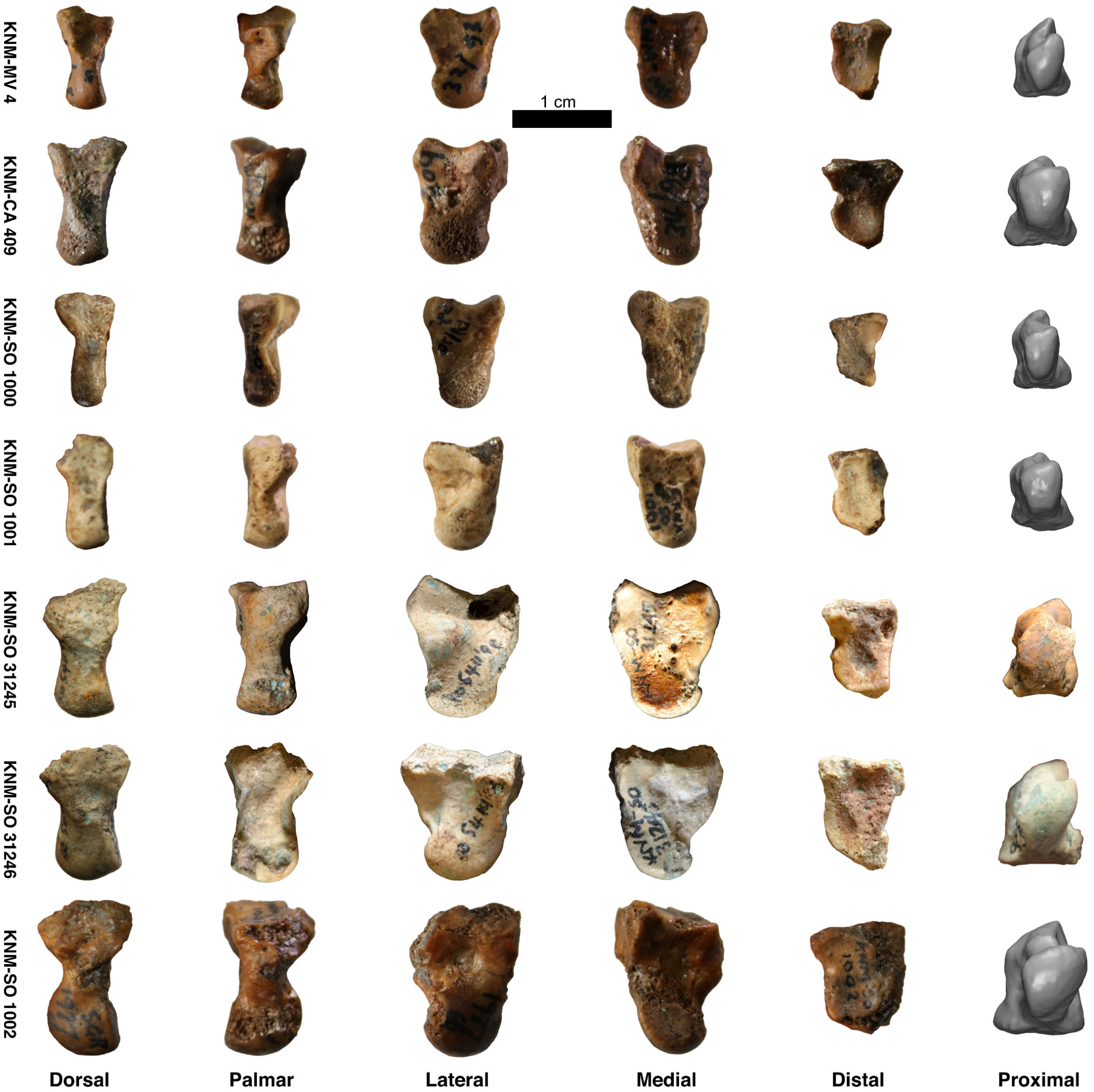It is known based on DNA analysis that chimpanzees are the closest living relatives to humans, the two together are closest to gorillas, then three together to orangs. Furthermore, humans, the great apes (chimpanzee, gorillas, and orangs) together with the lesser apes (gibbons and siamangs) belong to the superfamily named Hominoidea. The closest living relatives of the hominoids are the Old World Monkeys members of the superfamily Cercopithecoidea. Scientists using DNA time clocks have estimated that the humans-chimpanzees common ancestor evolved approximately 7.5 million years ago (mya), the chimpanzee-human and gorilla 9.3 mya, and the great apes (including humans) 19.1 mya. All these key events would have occurred in the time period known as the Miocene which lasted from about 23 to 5 mya in the geological time scale.
The fossil record is the one place to find physical scientific evidence that can show what these last common ancestors looked like, where they lived, and the environmental conditions in which they survived. Paleoanthropologist have spent the past century scouring the continents in search of these ancestors. There is broad agreement among scientists that based on the current fossil evidence the last common ancestor of humans and chimpanzees evolved in Africa. There is no similar consensus when it comes to chimpanzee-human and gorilla ancestor and humans and great apes’ ancestor. Some scientists have argued that these two ancestral groups evolved in Eurasia based on the discovery of several species from Spain and France whose morphology of the limbs closely resembles that of living great apes. Until recently the African counterparts were found to more closely resemble monkeys in the overall form of limbs.
Now, in a new study published in Scientific Reports, an open access journal from the publishers of Nature, several scientists including Craig Wuthrich (University of Michigan, Ann Arbor; Duke University), Laura MacLatchy (University of Michigan, Ann Arbor), and Isaiah Nengo (TBI; Stony Brook University; Turkana University College), have revisited this question.
The study reported is based on the capitate, one of the eight “gummy-bear” sized bones that make up the wrist skeleton in humans, apes, and monkeys. The specimens were collected over a period of almost five decades from a collection of close sites in the Tinderet area in Western Kenya dated to approximately 20 mya. Using cutting edge computer modeling techniques and a battery of new sophisticated statistical analyses the shapes were compared to those of a broad range of living apes and monkeys. The study concludes that the capitates probably belonged to 7 different species ranging in size from 5Kg to 15Kg. While some of the specimens resembled those of monkeys, one specimen of a medium sized animal (15Kg) strikingly resembled the great apes. The specimen is tentatively assigned to Rangwapithecus, one of the two medium sized apes already known from jaws and teeth at the site. Whether the resemblance implies a close affinity to the ancestry of the great apes or is due to convergent wrist function will be tested in the future with the recovery of other parts of the skeleton of Rangwapithecus.
View the entire study online here.
This post was adapted from materials provided by Craig Wuthrich, Laura MacLatchy, and Isaiah Nengo.






